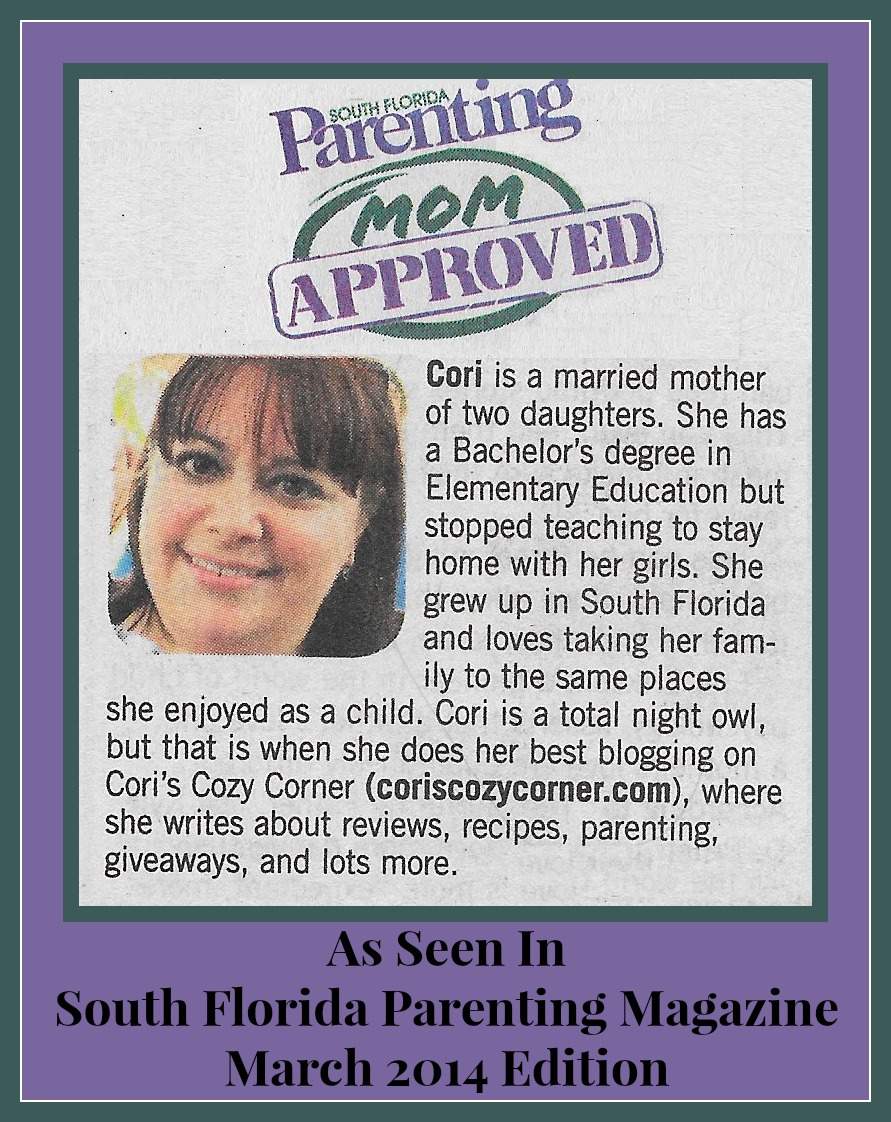 According to the 2017 Summary of Health Statistics published by the Center for Disease Control, over 30,000,000 adults in the United States are diagnosed with sinusitis, second only to those who with asthma. Sinusitis has far-reaching implications, from chronic infections to poor sleep and depression.
According to the 2017 Summary of Health Statistics published by the Center for Disease Control, over 30,000,000 adults in the United States are diagnosed with sinusitis, second only to those who with asthma. Sinusitis has far-reaching implications, from chronic infections to poor sleep and depression.
Treatment options for sinusitis aim to improve breathing passages by reducing inflammation, clearing mucus and easing triggers that worsen symptoms. Sinuplasty is one such treatment option that benefits many people, and it is part of a comprehensive and progressive approach to the condition.
What is Sinusitis?
Sinusitis describes a medical condition in which a person has inflammation in the sinus cavities. It does not necessarily describe the reason that someone experiences inflammation. According to Dr. Ran Y. Rubinstein, sinus expert from Hudson Valley, NY, during diagnosis, a specialist will categorize the inflammation as either:
- Acute: considered being short term and lasting one month or less
- Subacute: lasts one or two months
- Chronic: symptoms have lasted over two months
- Recurring acute: short but frequent bouts of sinus inflammation
Triggers for Sinusitis
The most common reason that people experience sinusitis is allergies, so the condition is most often seasonal. Anatomical abnormalities may also cause sinusitis, such as a deviated septum or polyp inside the sinuses. These irregularities do not allow mucus to flow freely and create small pockets where mucous, bacteria and irritants collect. Other medical conditions that increase the risk for sinusitis are:
- Hormone imbalances
- Some treatments for cancer
- Gastrointestinal disorders
- Immune disorders
Initial Treatments for Sinusitis
Dr. Rubinstein recommends sinus treatments when the symptoms interfere with the quality of life, such as fatigue, low energy, persistent or frequent infections, runny nose and trouble sleeping. Based on the sinusitis severity, he recommends the most conservative option first based on the severity and nature of the symptoms. Specialists may treat acute sinusitis with medications to reduce mucus, control the immune response to allergens and reduce any infections. For chronic and recurring sinusitis, he may recommend diagnostic testing to determine if the sinus cavity is blocked by an anatomical irregularity or collection of mucus.
Advanced Treatments for Chronic and Recurring Sinusitis
If medications do not work to reduce symptoms to the desired degree, other interventions may be necessary. Dr. Rubinstein typically recommends balloon sinuplasty, a procedure that opens the sinuses without removing or changing any tissues. He prefers to use this approach when appropriate to prevent any unnecessary complications or recovery that is associated with surgery.
The Balloon Sinuplasty Procedure
Balloon sinuplasty is performed in our office and only requires local anesthesia, so it is beneficial for patients who may not be good candidates for sinus surgery because of the use of general anesthesia. For the procedure, Dr. Rubinstein uses an endoscope that is equipped with a balloon mechanism. The endoscope is fed into the sinus cavity to locate the problem area, and the balloon is slowly inflated. Opening the sinuses allows for drainage and eases inflammation.
Outcomes of Sinuplasty
Most patients who have balloon sinuplasty see a significant reduction in symptoms, and some require no additional procedures to maintain healthy sinuses. A small percentage need sinus surgery after balloon sinuplasty, but these follow-up procedures are typically less extensive compared to treatment without balloon sinuplasty.
Considerations for Balloon Sinuplasty
All surgical procedures carry risks, and patients with chronic and recurring sinusitis who are candidates for balloon sinuplasty should consider the risks associated with the procedure, such as:
- Downtime and healing
- Post-procedure symptoms, such as discomfort and bleeding
- Risk of infections
- Trauma to tissues in and around the nasal and sinus cavity
Dr. Rubinstein’s experience with balloon sinuplasty reduces the likelihood of potential complications, but patients should understand that no surgical procedure is free of risks.
Post-Sinuplasty Treatments
You may need to continue using some medications to keep the sinus airways clean and free of bacteria and irritants, but see a good reduction in your overall symptoms. Patients who have balloon sinuplasty typically notice these improvements right away, even with a small amount of swelling brought on by the sinuplasty.
Prognosis After Balloon Sinuplasty
After the initial balloon sinuplasty, you may need to have additional sinuplasty procedures. This varies by patient and is typically needed for patients with severe sinusitis.
About Dr. Ran Y. Rubinstein
Dr. Rubinstein is dual board-certified by the American Board of Otolaryngology-Head and Neck Surgery and American Board of Facial Plastic Surgery. He is a fellow of the American Academy of Otolaryngic Allergy and a member of the American Academy of Rhinology and American Society for Laser Medicine and Surgery. Dr. Rubinstein was the first ENT to bring balloon sinuplasty to residents of the Hudson Valley, and he is considered by his peers as an expert in the procedure.






Speak Your Mind